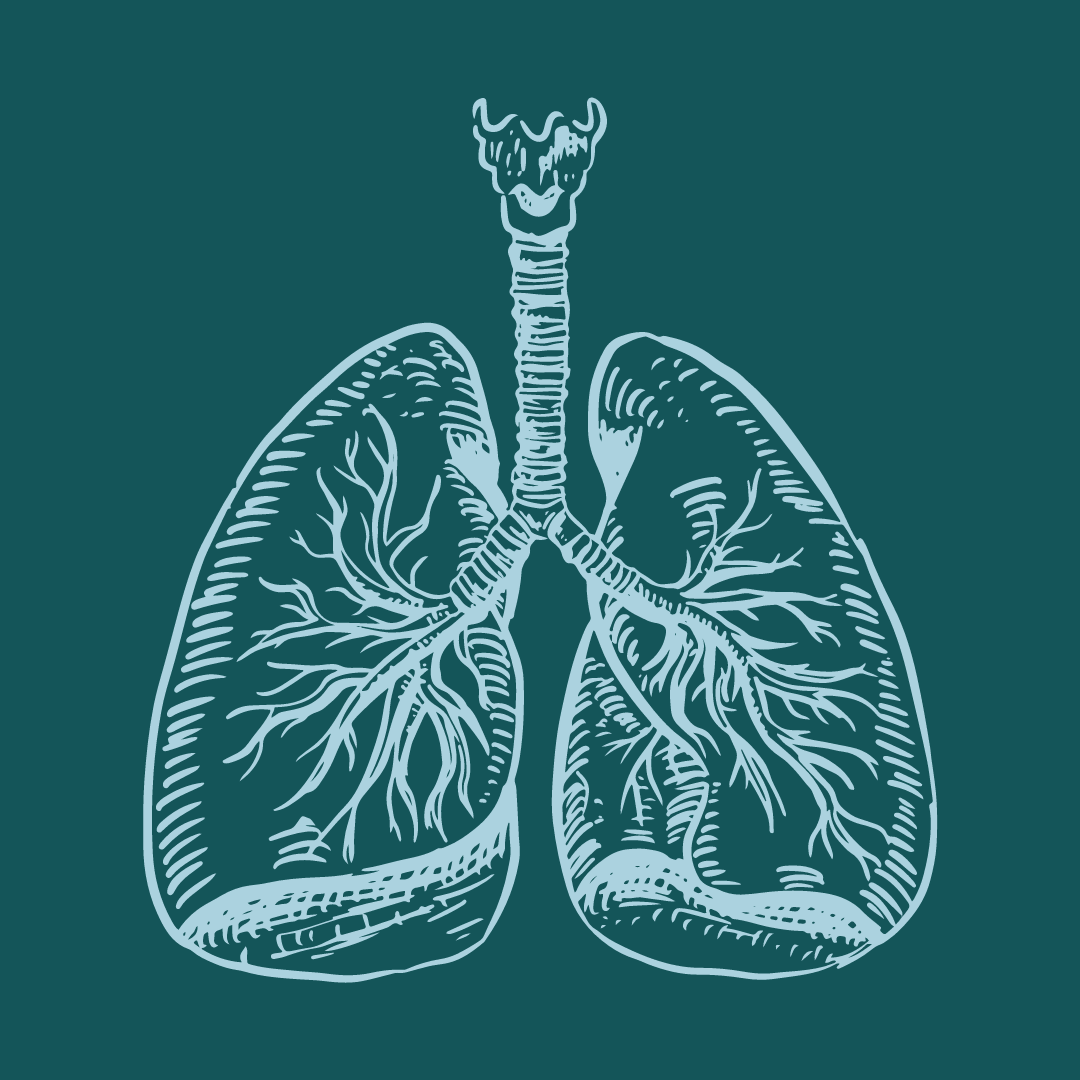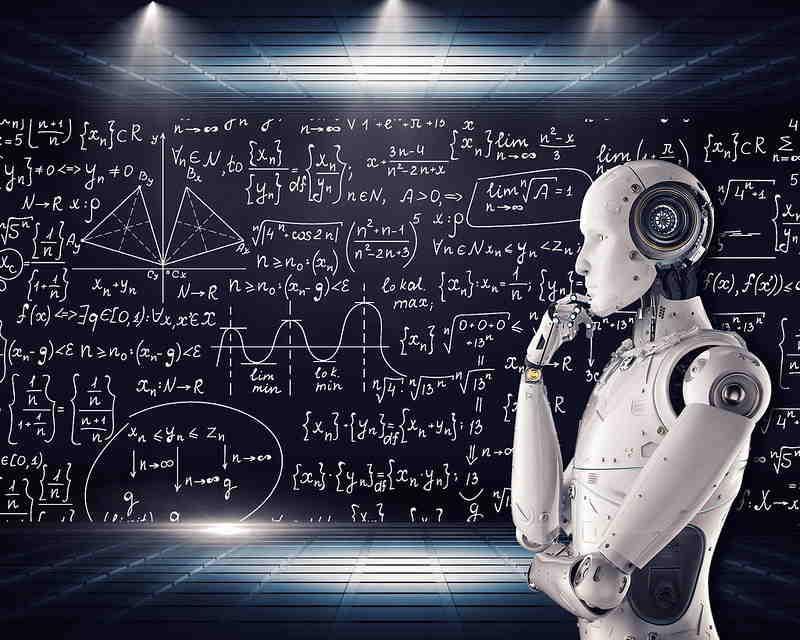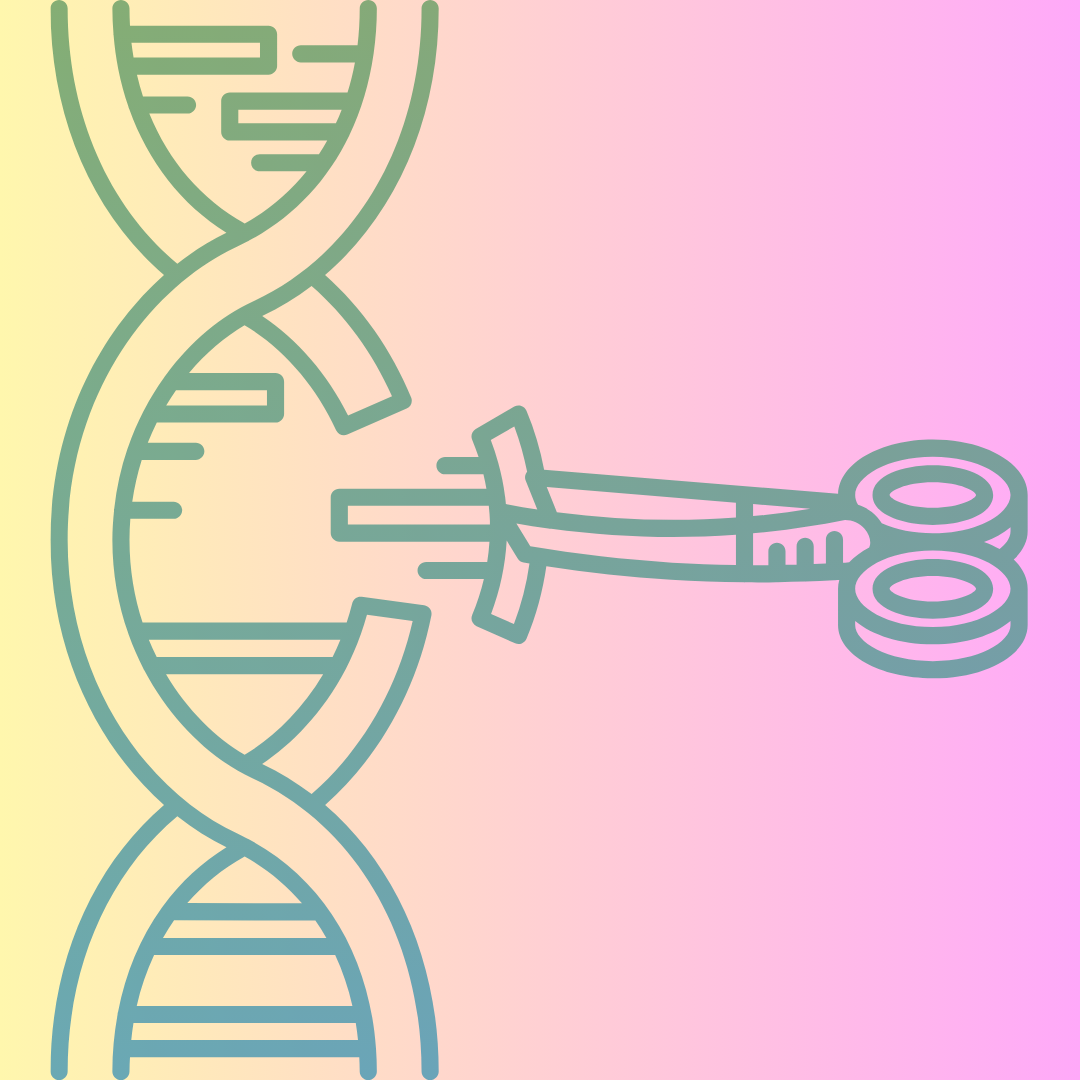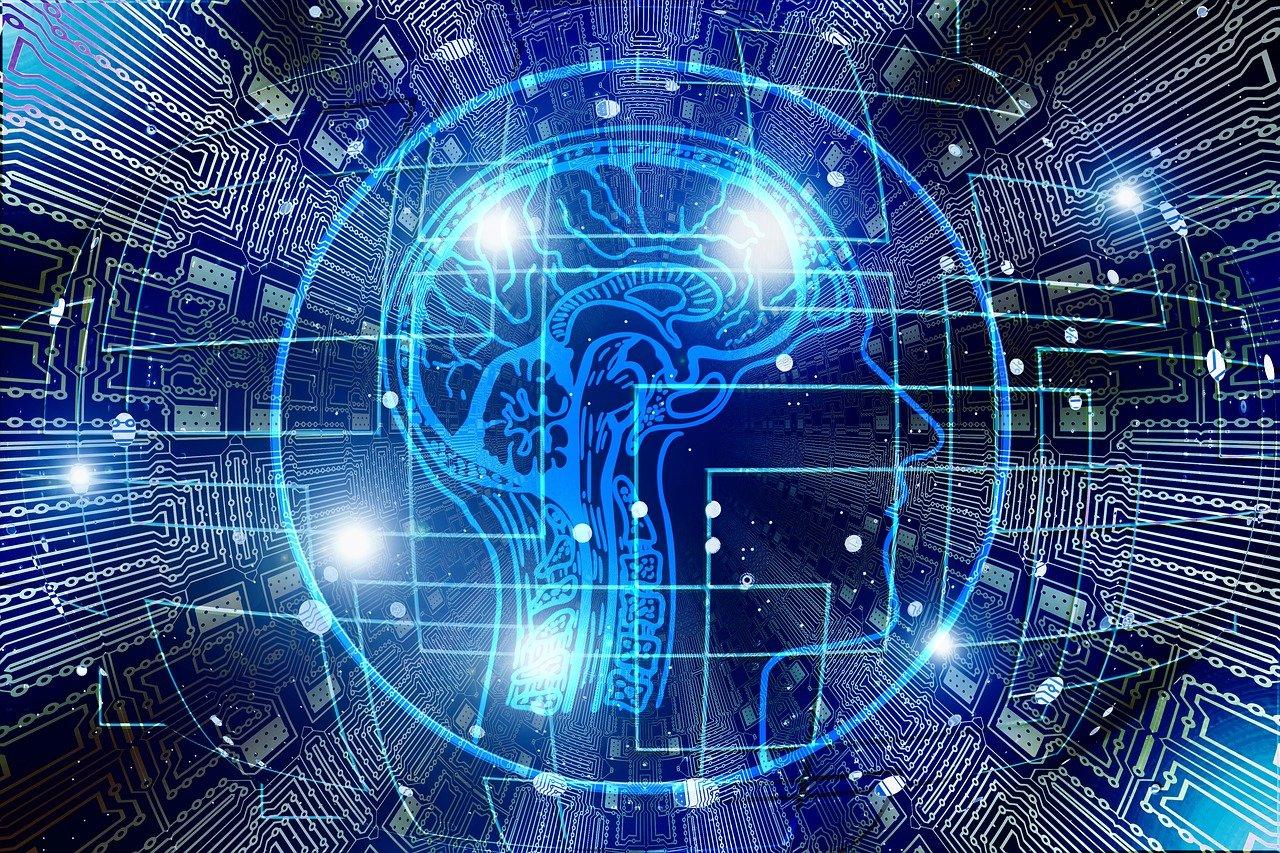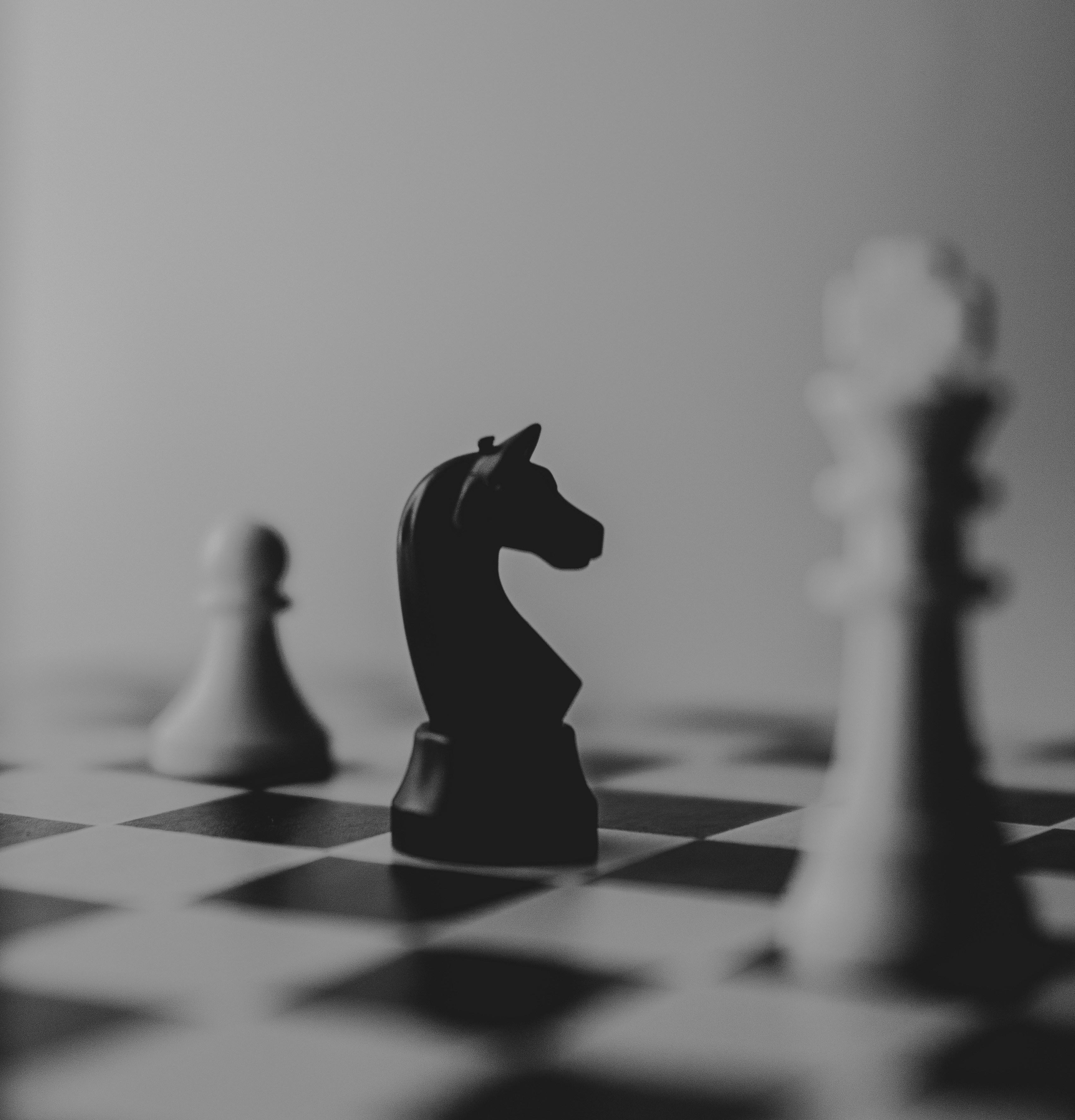A "Post-Human" Future?
Many observers recognize that human biotechnologies can pose serious risks to individuals and society. Others embrace a vision of a “post-human” or “transhumanist” future where people will be so dramatically transformed that they are no longer human. While this is a marginal view, transhumanist advocates are vocal proponents of “enhancing” physical and cognitive abilities through genetic modification, implants, and other techniques in hopes of transcending aspects of the human condition including death.
Aggregated News
The ethical debate about what is now called “human gene editing” (HGE) began sixty years ago. At the time, eugenicist...
Aggregated News





